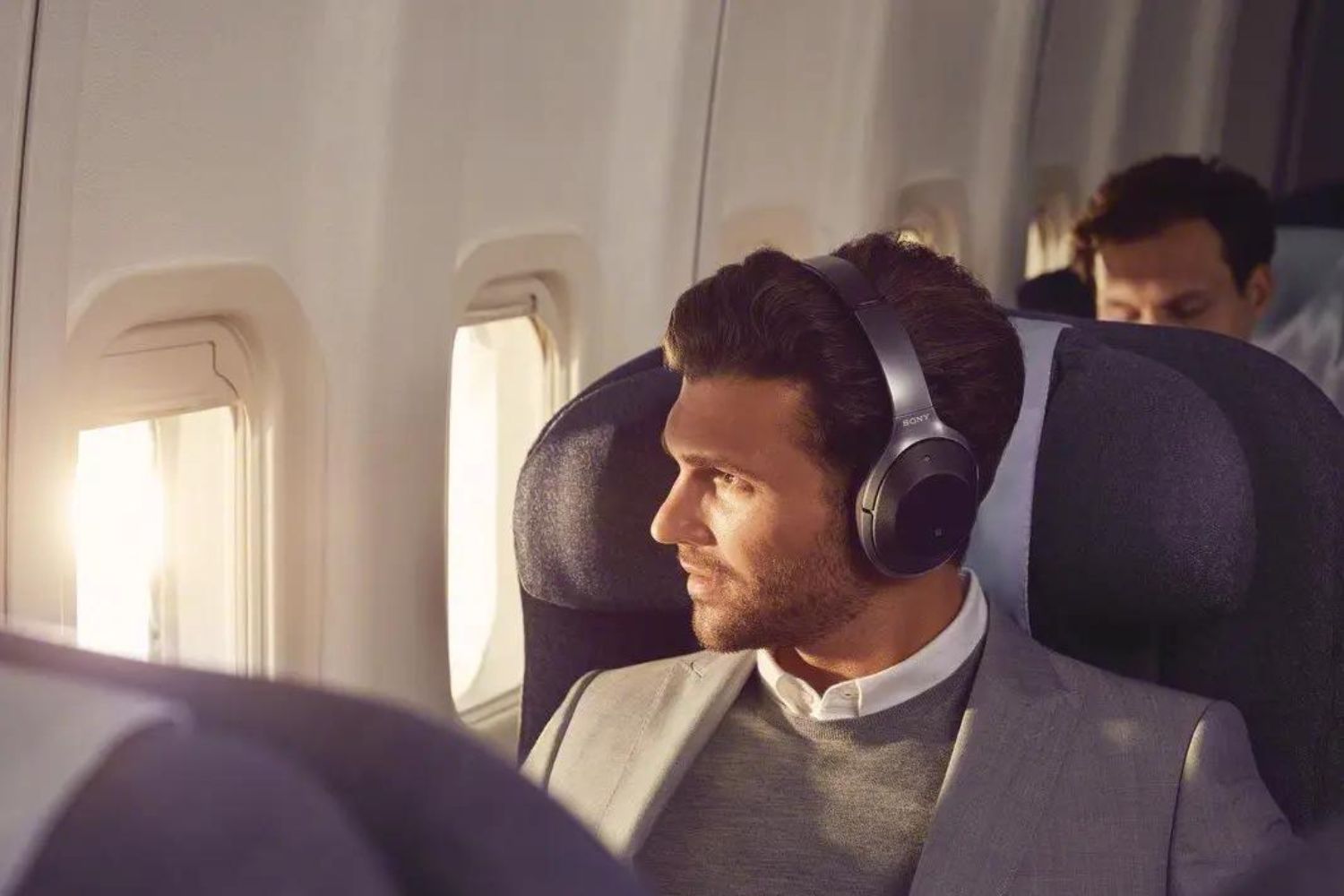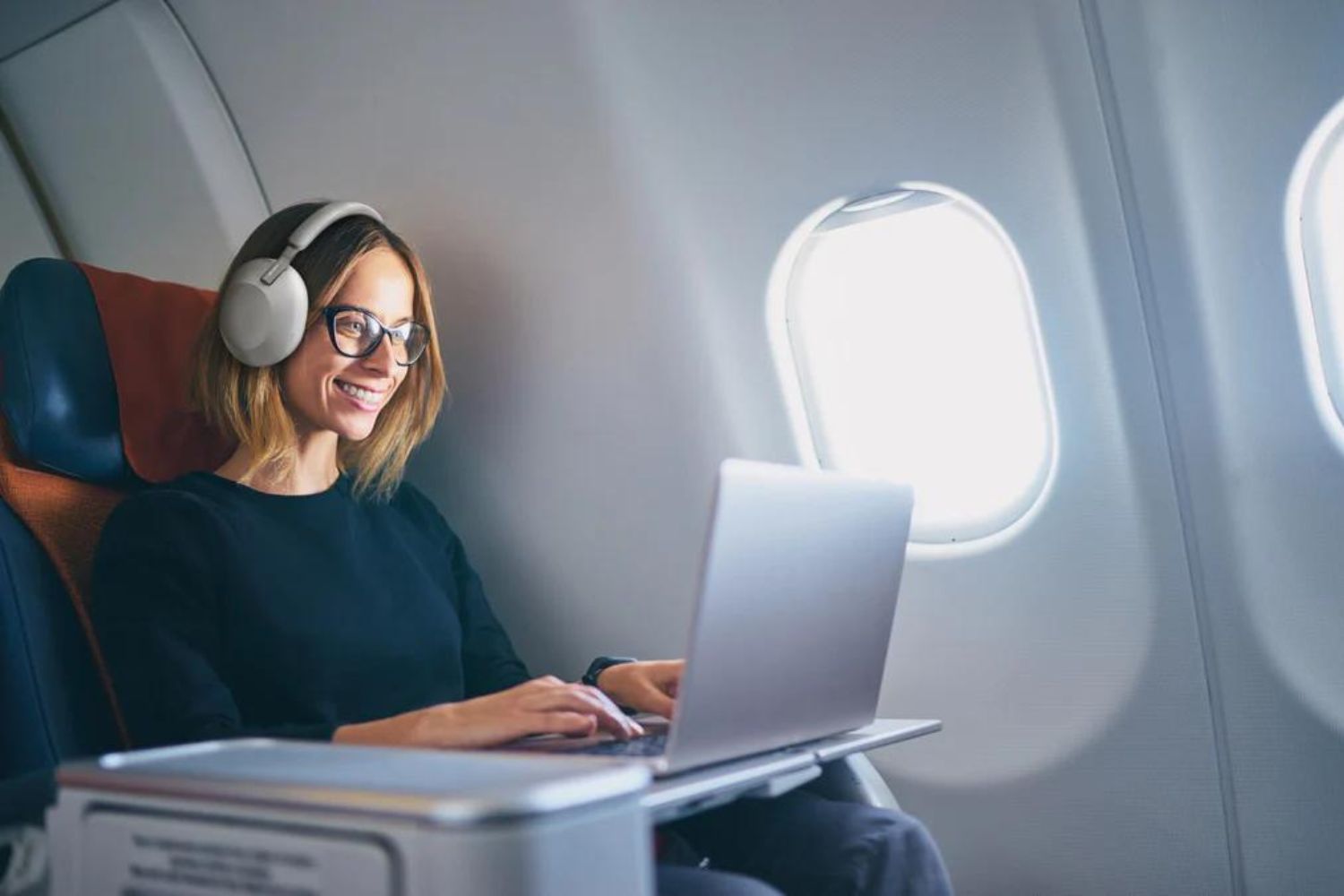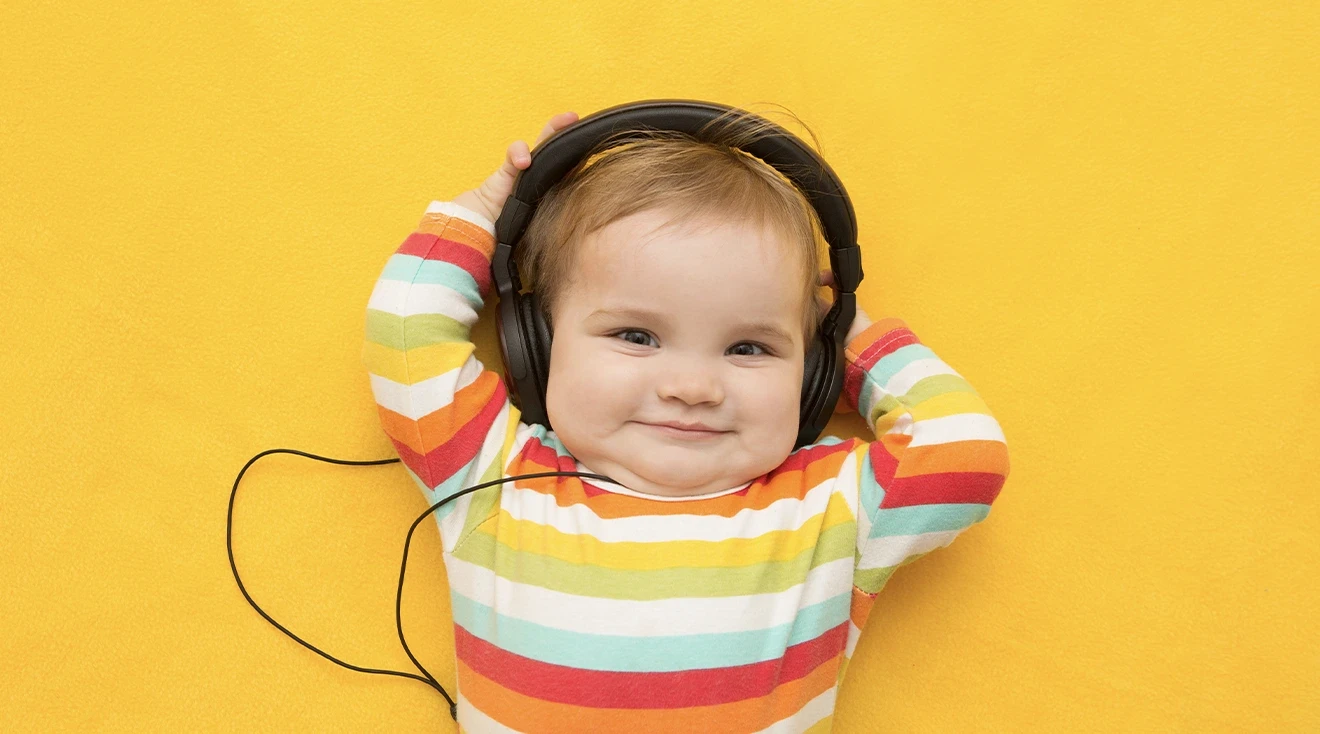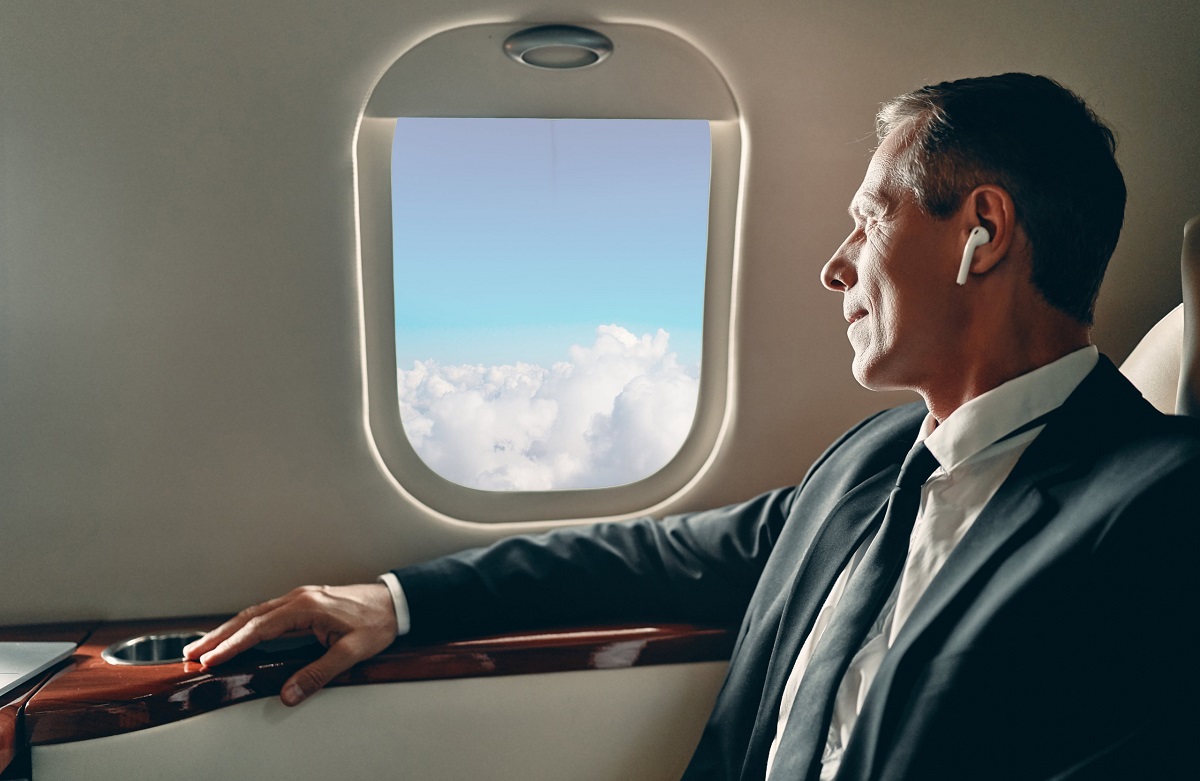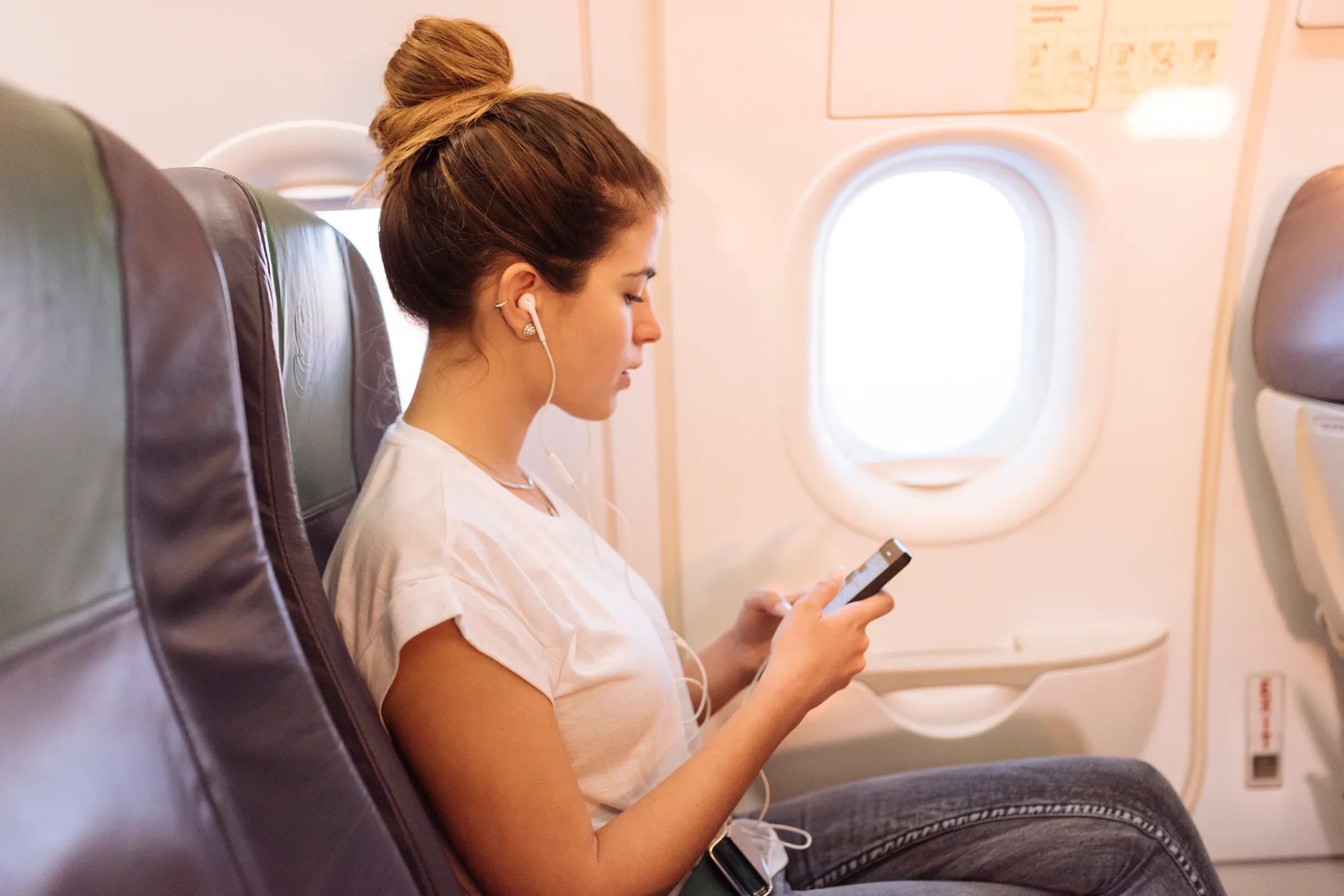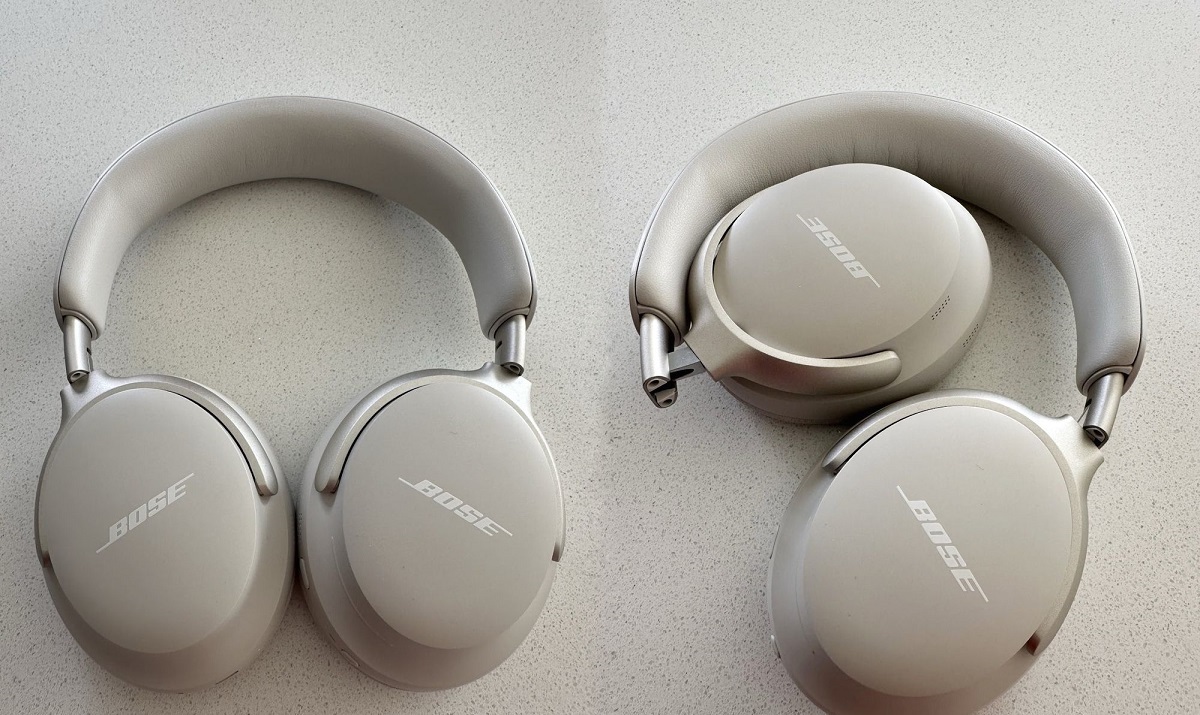Introduction
Introduction
Traveling by plane can be an exhilarating experience, offering the opportunity to explore new destinations, visit loved ones, or embark on exciting adventures. However, the constant drone of the aircraft's engines and the cacophony of ambient noise can detract from the overall journey, making it challenging to relax or enjoy in-flight entertainment. In an effort to combat this issue, many travelers turn to noise cancelling headphones as a means of creating a more serene and peaceful environment during their flights.
These innovative devices have gained immense popularity for their ability to effectively diminish ambient noise, allowing users to immerse themselves in their preferred audio content or simply enjoy the tranquility of a quieter cabin. However, when it comes to using noise cancelling headphones on a plane, there are several considerations to keep in mind, ranging from their impact on the overall flying experience to potential health implications. Understanding the mechanics of how noise cancelling headphones function and their implications for air travel is crucial for travelers seeking to make informed decisions about their in-flight comfort and well-being. This article delves into the workings of noise cancelling headphones, their impact on plane noise, potential health risks, and offers practical tips for using them effectively during air travel. Whether you're a frequent flyer or planning your next vacation, this guide aims to provide valuable insights into the use of noise cancelling headphones on a plane.
How Noise Cancelling Headphones Work
Noise cancelling headphones operate on a fascinating principle that involves advanced technology to mitigate the impact of ambient sounds. These innovative devices are designed to detect external noise using built-in microphones and then generate sound waves that are precisely out of phase with the detected noise. This process, known as destructive interference, results in the cancellation of the ambient sounds, effectively reducing the overall noise perceived by the wearer.
By actively countering external sounds, noise cancelling headphones create a more serene auditory environment, allowing users to immerse themselves in their chosen audio content without the disruptive influence of ambient noise. This technology is particularly beneficial in environments where consistent or low-frequency sounds, such as the hum of airplane engines, can be a source of discomfort or distraction.
Furthermore, noise cancelling headphones are available in both over-ear and in-ear designs, each offering unique benefits. Over-ear models, also known as circumaural headphones, encase the entire ear, providing a snug fit that effectively blocks out external noise. In-ear models, or in-ear monitors, utilize snug-fitting ear tips to create a seal within the ear canal, enhancing their noise isolation capabilities.
Overall, the intricate process by which noise cancelling headphones operate underscores their efficacy in minimizing unwanted ambient noise, making them a valuable asset for individuals seeking to enhance their auditory experience in various settings, including air travel.
The Effect of Noise Cancelling Headphones on Plane Noise
When used on a plane, noise cancelling headphones can significantly mitigate the impact of the aircraft’s ambient noise, creating a more tranquil and enjoyable in-flight experience. The persistent hum of the engines and the ambient sounds within the cabin can often disrupt passengers’ ability to relax or engage in activities such as reading or watching movies. However, noise cancelling headphones effectively diminish these disturbances, allowing travelers to immerse themselves in their preferred audio content or simply enjoy the relative quietude of the cabin.
One of the primary advantages of noise cancelling headphones on a plane is their ability to reduce low-frequency noise, such as the hum of the engines, which can be particularly bothersome during long flights. By employing advanced technology to counteract these low-frequency sounds, noise cancelling headphones create a more serene auditory environment, enabling passengers to better enjoy in-flight entertainment or simply unwind during their journey.
Moreover, noise cancelling headphones can also enhance the overall comfort of passengers by reducing the need to increase the volume of their audio devices to overpower the ambient noise. This can be beneficial in preserving the user’s hearing and preventing auditory fatigue, which can result from prolonged exposure to high volume levels.
It’s important to note that while noise cancelling headphones are highly effective at diminishing ambient noise, they may not completely eliminate all sounds, especially sudden or irregular noises. However, their ability to significantly reduce the impact of continuous low-frequency noise makes them a valuable companion for air travelers seeking a more peaceful and enjoyable flying experience.
Potential Health Risks of Using Noise Cancelling Headphones on a Plane
While noise cancelling headphones offer numerous benefits for air travelers, it’s important to be mindful of potential health risks associated with their use, particularly during extended periods of time on a plane. Prolonged use of noise cancelling headphones can lead to a few health considerations, and understanding these risks is essential for maintaining overall well-being during air travel.
One potential health concern is the risk of developing ear discomfort or fatigue due to prolonged use of noise cancelling headphones. The snug fit of over-ear models and the insertion of in-ear models can create pressure on the ears, potentially leading to discomfort, especially during extended flights. Additionally, wearing headphones for an extended duration may contribute to moisture build-up and discomfort within the ear, particularly with in-ear models. It’s advisable for users to take periodic breaks from wearing noise cancelling headphones to alleviate any potential discomfort and allow the ears to rest.
Another consideration is the potential for increased listening volume. Noise cancelling headphones create a quieter environment, which may lead users to unknowingly increase the volume of their audio content to compensate for the ambient noise. Prolonged exposure to high volume levels can contribute to auditory fatigue and may potentially lead to temporary or permanent hearing damage. It’s crucial for users to be mindful of their listening volume and take regular breaks from audio content to minimize the risk of hearing-related issues.
Furthermore, the use of noise cancelling headphones can potentially contribute to a sense of disconnection from the surrounding environment, which may be a concern in emergency situations. While the reduction of ambient noise can create a more serene environment, it’s important for passengers to remain aware of safety announcements, instructions from the flight crew, and any emergency situations that may arise during the flight.
By being aware of these potential health risks and taking proactive measures to mitigate them, such as using noise cancelling headphones in moderation, maintaining a comfortable listening volume, and staying attuned to the surrounding environment, air travelers can enjoy the benefits of these devices while safeguarding their overall well-being during flights.
Tips for Using Noise Cancelling Headphones on a Plane
When incorporating noise cancelling headphones into your air travel experience, there are several tips and best practices to ensure optimal comfort, safety, and enjoyment. By following these guidelines, travelers can make the most of their noise cancelling headphones while mitigating potential drawbacks and enhancing their overall in-flight experience.
- Take Breaks: To alleviate ear discomfort and prevent moisture build-up, take periodic breaks from wearing noise cancelling headphones, especially during long flights. This allows your ears to rest and reduces the risk of discomfort associated with prolonged headphone use.
- Maintain Comfortable Volume Levels: Be mindful of the volume at which you listen to audio content through noise cancelling headphones. Avoid excessively high volume levels to prevent auditory fatigue and minimize the risk of hearing-related issues.
- Stay Attuned to the Environment: While noise cancelling headphones create a quieter auditory environment, it’s important to remain aware of safety announcements, instructions from the flight crew, and any emergency situations that may arise during the flight. Stay attuned to your surroundings for a safe and informed travel experience.
- Choose the Right Fit: Select noise cancelling headphones that provide a comfortable and secure fit. Over-ear models should encase the ears without exerting excessive pressure, while in-ear models should feature ear tips that create a snug seal without causing discomfort.
- Consider Battery Life: If your noise cancelling headphones are battery-powered, ensure that you have sufficient battery life for the duration of your flight. Carry spare batteries or a charging cable if necessary to avoid disruptions in noise cancellation functionality.
- Utilize In-Flight Entertainment Systems: Take advantage of the in-flight entertainment options provided by the airline. Noise cancelling headphones can enhance the audio quality of movies, music, and other content, offering an immersive entertainment experience during the flight.
- Balance Noise Cancellation with Awareness: While noise cancelling headphones create a serene auditory environment, it’s important to strike a balance between enjoying the reduction in ambient noise and remaining aware of your surroundings, particularly in the event of safety-related announcements or unexpected situations.
By integrating these tips into your use of noise cancelling headphones on a plane, you can optimize your in-flight comfort, audio experience, and overall well-being, ensuring a pleasant and enjoyable journey to your destination.
Conclusion
As technology continues to enhance the travel experience, noise cancelling headphones have emerged as valuable companions for air travelers, offering an effective means of mitigating ambient noise and creating a more serene auditory environment during flights. The intricate workings of noise cancelling technology enable these devices to counteract the low-frequency hum of airplane engines, allowing passengers to immerse themselves in their preferred audio content or simply enjoy the relative tranquility of the cabin.
While the benefits of noise cancelling headphones on a plane are substantial, it’s essential for travelers to be mindful of potential health considerations associated with their use, such as ear discomfort, increased listening volume, and a potential sense of disconnection from the surrounding environment. By understanding these risks and implementing practical measures, such as taking breaks, maintaining comfortable volume levels, and staying attuned to the environment, passengers can make the most of their noise cancelling headphones while safeguarding their overall well-being.
Ultimately, noise cancelling headphones offer a compelling solution for air travelers seeking a more peaceful and enjoyable in-flight experience. By integrating these innovative devices into their travel routine and adhering to best practices for their use, passengers can enhance their comfort, audio enjoyment, and overall well-being during air travel. Whether it’s immersing oneself in in-flight entertainment, finding respite from ambient noise, or simply creating a more tranquil environment for relaxation, noise cancelling headphones have become indispensable companions for modern air travel.
As travelers continue to embrace the benefits of noise cancelling technology, the seamless integration of these devices into the flying experience underscores their enduring value in enhancing comfort and enjoyment during air travel.







